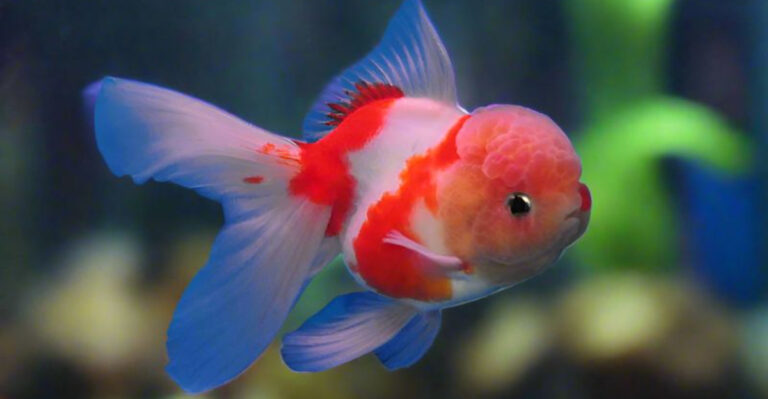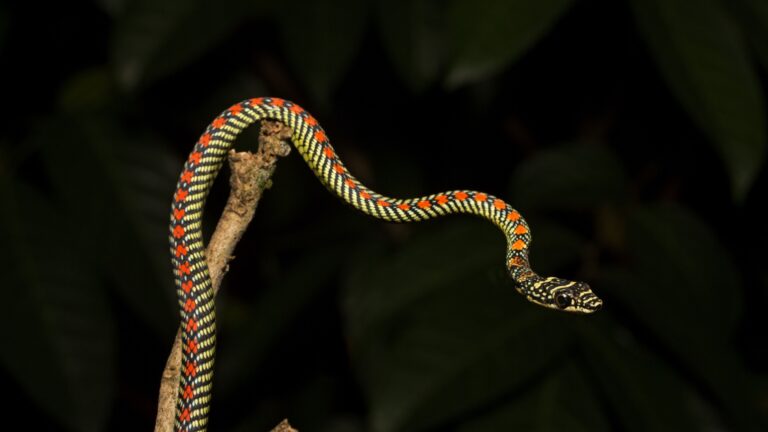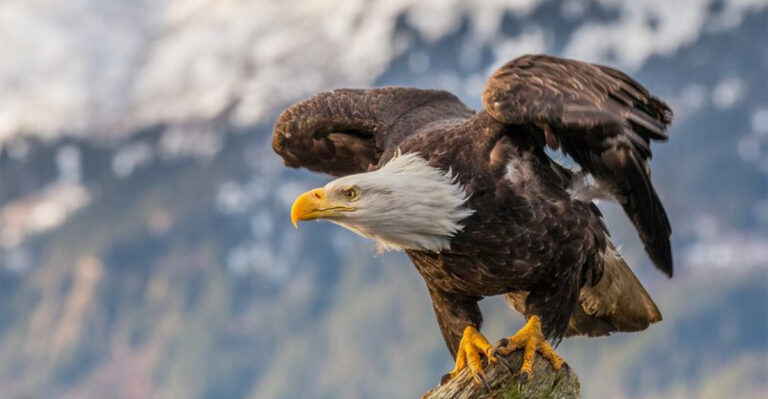Researchers Unveil Two Previously Unknown Crocodile Species In Mexico’s Yucatán Peninsula
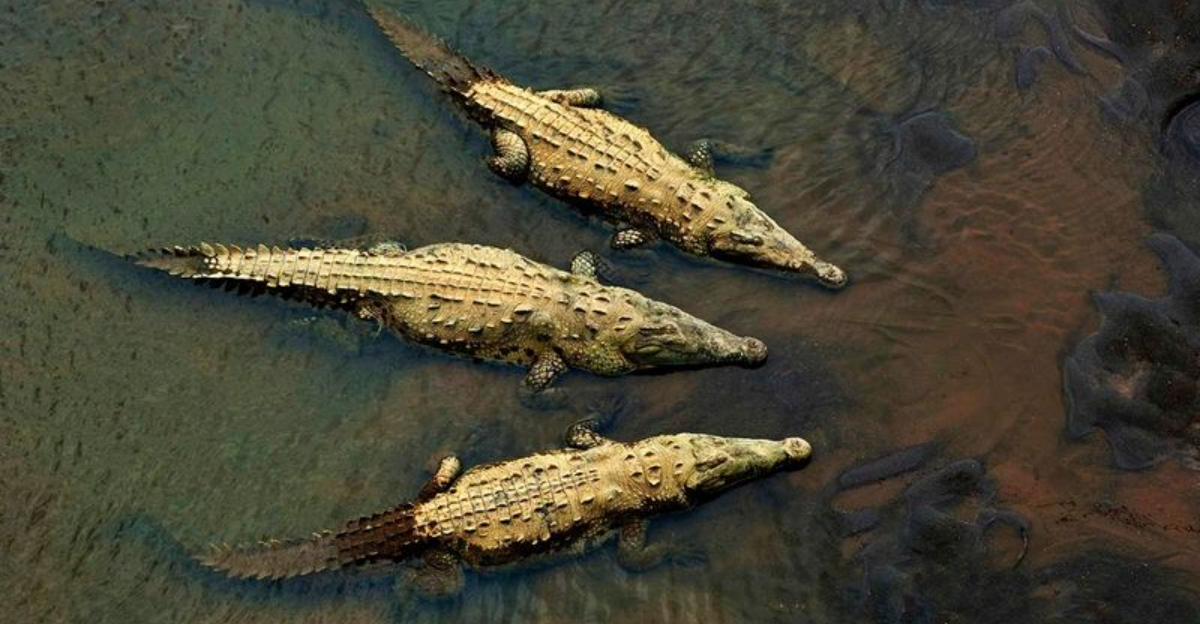
Scientists have made a jaw-dropping discovery in Mexico’s Yucatán Peninsula! Two completely new crocodile species have been found hiding in plain sight, changing what we know about these ancient reptiles.
This exciting find shows how much we still have to learn about our planet’s wildlife, even when it comes to creatures as big and well-known as crocodiles.
1. The Significance Of The Discovery In The Yucatán Peninsula

Imagine finding dinosaur relatives nobody knew existed! That’s basically what happened in the Yucatán Peninsula, where researchers stumbled upon not one but two unknown crocodile species.
These discoveries shake up our understanding of crocodile diversity in North America. Scientists previously thought the American crocodile was the only species in this region, but nature had other plans!
2. Cozumel Island: A New Hotspot For Crocodile Species

Just off Mexico’s eastern coast sits Cozumel Island, now famous for more than just tourism. One of the newly identified crocodile species calls this island home, living in isolation from mainland relatives for thousands of years.
The island’s unique ecosystem created perfect conditions for these crocs to develop their own distinct traits and behaviors. Their isolation turned Cozumel into an unexpected evolutionary laboratory!
3. Banco Chinchorro Atoll: A Hidden Treasure For Crocodile Biodiversity
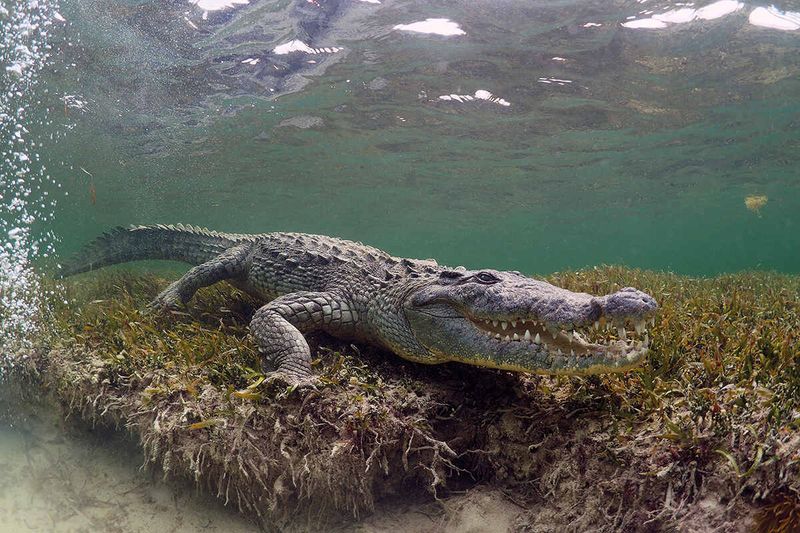
Far from tourist paths lies Banco Chinchorro, a coral atoll where the second new crocodile species was found. This remote location created the perfect evolutionary playground for these reptiles to develop in isolation.
Surrounded by crystal waters and protected reefs, these crocodiles adapted to life in this unique marine environment. Their story shows how geography shapes species development over centuries.
4. How McGill University And Mexican Scientists Collaborated On The Discovery
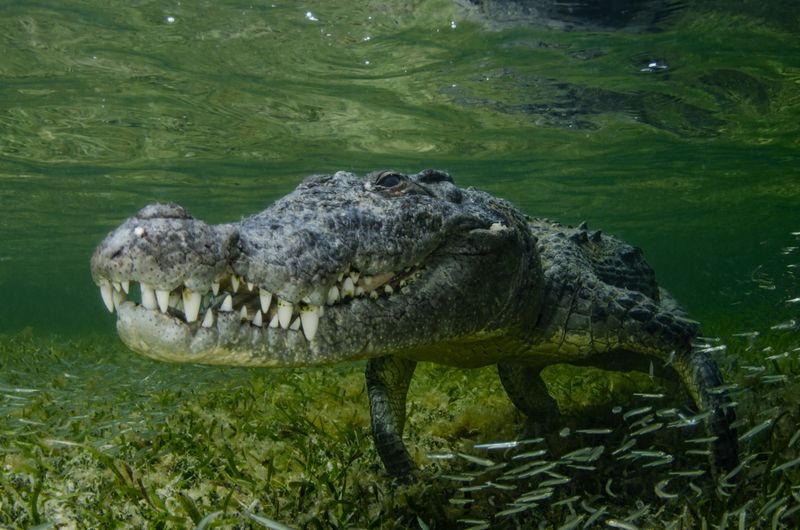
Scientific teamwork made this discovery possible! Researchers from McGill University joined forces with Mexican scientists, combining their expertise to solve this reptilian mystery.
The international team collected DNA samples, measured physical features, and analyzed behavior patterns. Their partnership highlights how science works best when borders don’t limit collaboration and knowledge-sharing.
5. The Surprising Findings About The American Crocodile’s Relatives

For years, everyone thought the American crocodile was flying solo in Mexico. Wrong! The new research revealed these critters actually have cousins nobody knew about.
Genetic testing showed the three species split from common ancestors ages ago. This family tree revelation is like finding out you have relatives you never knew existed – except these relatives have really sharp teeth!
6. What Makes These Two Crocodile Species Different From Others?
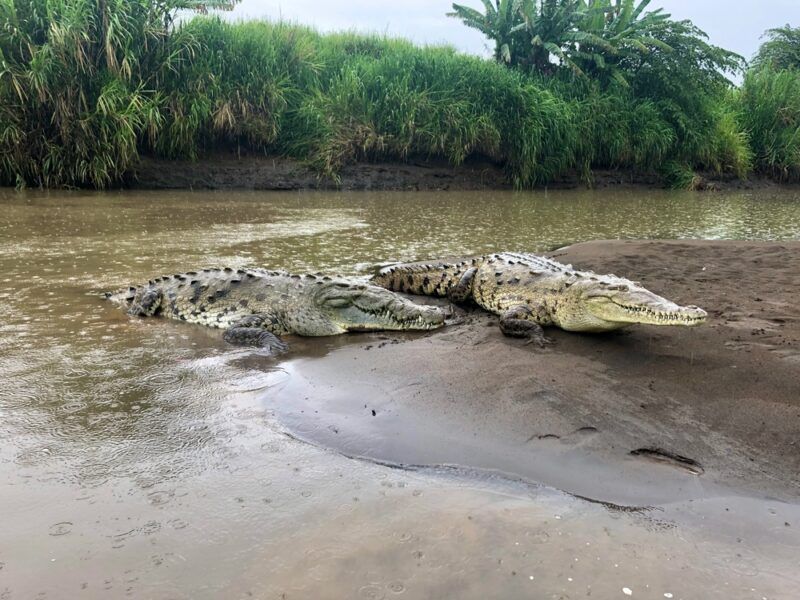
Look closely and you’ll spot the differences! The new crocodile species have unique scale patterns, slightly different head shapes, and distinct coloration compared to their American crocodile cousins.
Beyond looks, their DNA tells the real story. Genetic markers reveal they’ve been separate species for thousands of years. Their behavior also differs, with each adapted to their specific island environments.
7. The Importance Of The Discovery For Global Crocodile Research
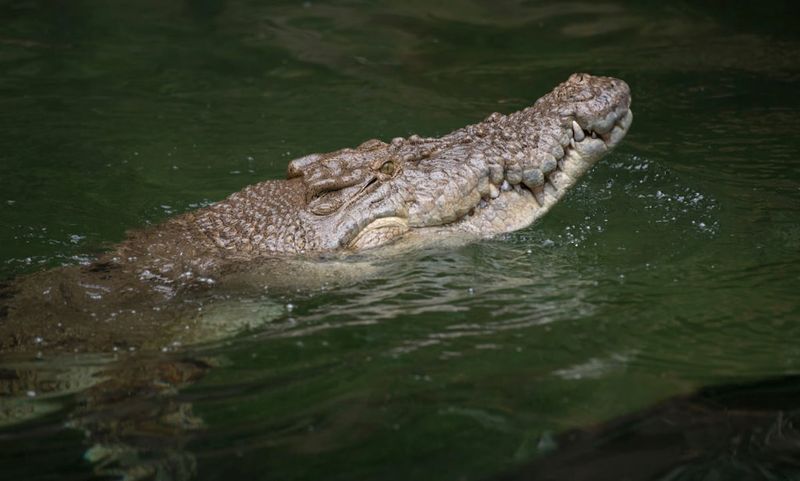
Finding new crocodile species in 2023? Nobody saw that coming! This discovery proves our planet still holds major surprises, even among large, well-studied animals.
Crocodile experts worldwide are rewriting textbooks based on this find. The discovery raises exciting questions about where else unknown crocodile species might be hiding and how many more reptile secrets remain to be uncovered.
8. How The New Species Challenge Longstanding Assumptions In Crocodile Biology
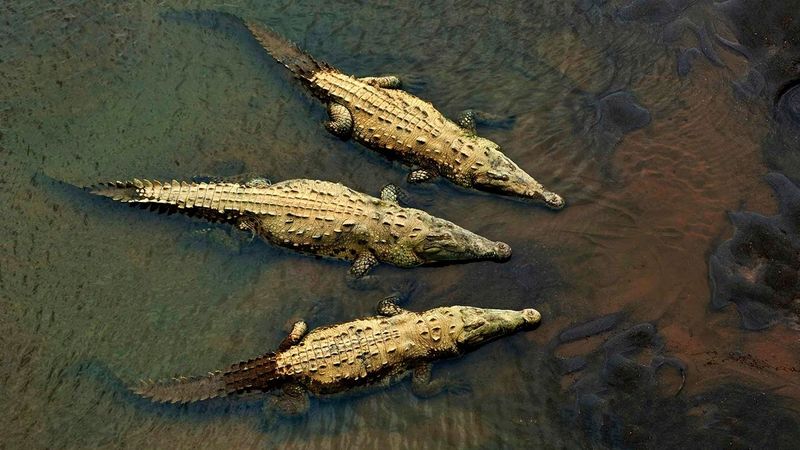
Scientists thought they had crocodiles all figured out – until now! These discoveries force researchers to question what they know about how quickly crocodile species can evolve and adapt.
The isolated populations developed unique traits faster than expected. This challenges the old belief that crocodiles evolve slowly compared to other animals, proving these ancient reptiles can be surprisingly adaptable.
9. The Role Of Remote Habitats In Preserving Crocodile Diversity

Hidden away from human activity, places like Cozumel and Banco Chinchorro became safe havens where unique crocodile species could thrive undisturbed for centuries.
These isolated spots acted as natural laboratories for evolution. The limited human presence allowed these reptiles to develop in peace, highlighting why protecting remote habitats is crucial for discovering and preserving biodiversity.
10. Potential Impacts On Conservation Strategies For Crocodiles In Mexico

Game-changing news for crocodile protection! Now that we know these are separate species with smaller populations, conservation efforts must shift dramatically to ensure their survival.
Each species needs its own protection plan tailored to its unique habitat and needs. Local communities are becoming partners in protection efforts, with new guidelines helping tourism and conservation coexist in these sensitive areas.
11. The Challenges Of Studying Crocodiles In Mexico’s Coastal Regions

Researching crocodiles isn’t exactly a walk in the park! Scientists braved remote locations, tricky weather, and yes – potentially dangerous encounters with their study subjects.
Capturing specimens safely requires special training and equipment. Researchers spent countless nights in swamps and mangroves, often working from small boats in challenging conditions, proving that dedication to science sometimes means getting very, very muddy.
12. How The Discovery Adds To Our Understanding Of Crocodile Evolution

These new species are like missing puzzle pieces in the crocodile family tree! Their discovery helps scientists map out how these reptiles spread throughout the Americas and adapted to different environments.
The genetic differences reveal clues about when these species branched off from their ancestors. By studying these evolutionary pathways, researchers gain insights into how isolation drives the formation of new species over time.
13. What’s Next For Crocodile Research In The Yucatán Peninsula And Beyond?

The hunt for crocodile secrets continues! Researchers are expanding their search to other isolated areas where more unknown species might be hiding in plain sight.
New technology like environmental DNA sampling allows scientists to detect crocodile presence without direct observation. Future studies will explore how these newly discovered species interact with their environments and what unique adaptations they might possess.



